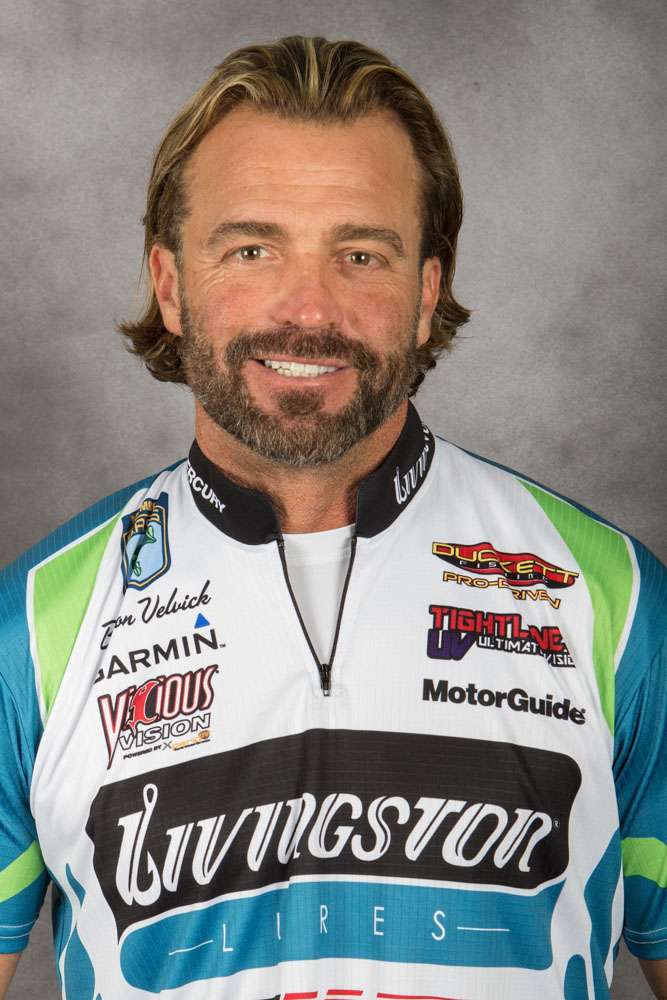In this lesson, let's talk about early season bass fishing and the opportunity it presents. Late February through early April is probably your best shot at a giant bass. There's no other time when they'll weigh as much, or feed as heavily. The best way to take advantage of this opportunity is to throw a swimbait.
Begin by analyzing the water you'll be fishing. In the warmer sections of our country, the big females are moving toward the beds right now. In the colder areas, that'll happen a little later. Regardless, the process is the same.
The spawn is fluid. It doesn't happen all at once. Some of them will be staging at the first or second break in front of their spawning areas. Others, living in the same body of water, will be in shallow water on their beds.
I start my search by identifying the best spawning areas in the lake. The bigger bass move first so they typically get the best spots. For the most part, I like big, expansive flats, secondary points in creeks and the backwater areas of those same creeks.
You're looking for places with lots of sunshine on them, especially in the afternoons. Mostly that'll be on the north or northwest banks. But don't fall into the trap of mindlessly pointing your boat in that direction. Factors such as shoreline vegetation or rock, tree size and building placement all affect the amount of sun a particular place gets in a day. Think and analyze before you start casting.
Lure selection is critical at this time of the year. The first and most important consideration is size. Any forage that's survived the winter will be big. (The new fry are not yet born or hatched.) Therefore your swimbait should be large. In most waters, that'll be at least 6 inches long. In Florida, Texas or California, think 8 or 10 inches.
If you live where trout are a part of the forage base, go with a big lure in a rainbow finish. As the water warms, the trout drop down in the water column. At the same time, the bass are moving up. When they cross paths the bite can explode.
If trout aren't in the equation go with shad unless you have a good reason to do otherwise. Again, a big bait is key. Don't forget that shad have a different body shape than trout. Make sure the physical shape of your lure resembles a shad.
Position your boat well off the bank and make long, blind casts. Crank your bait all the way back to the boat. The idea is to cover water. Unless a bass is actually on her bed she'll roam around looking for something to eat, waiting for that final urge from Mother Nature to go to the bed. Give her every opportunity to eat your bait that you possibly can.
Make repeated casts over the same area from different angles. Give any bass that might be there several looks at your bait. For reasons we anglers don't understand a slight change in direction can make all the difference in the world to a trophy bass.
Depth and speed can be problematic at this time of the year. At times early season bass want a swimbait right on the surface. Waking can be a dynamite presentation during true prespawn conditions. Other times, however, crawling your swimbait along well below the surface, or even along the bottom, will generate the most bites.
There doesn't seem to be a good way to determine which depth or speed will work best in advance of any given day or time. I recommend constantly changing depth and speed until you find a combination that works.
My suggestions in this lesson are for big bass. If you want numbers, go with a smaller bait and keep moving. But if you're looking for a giant to give you bragging rights at the dock this year go big, back off and cover water.





